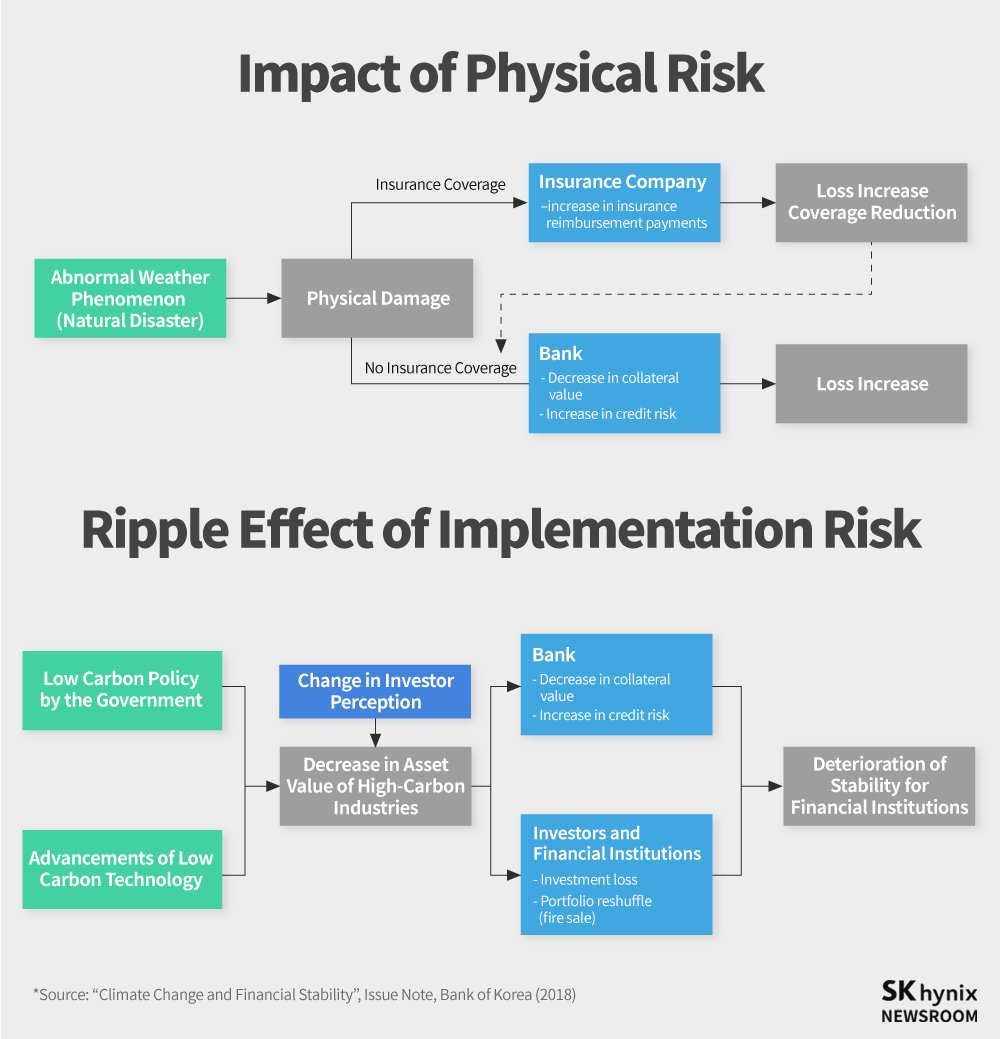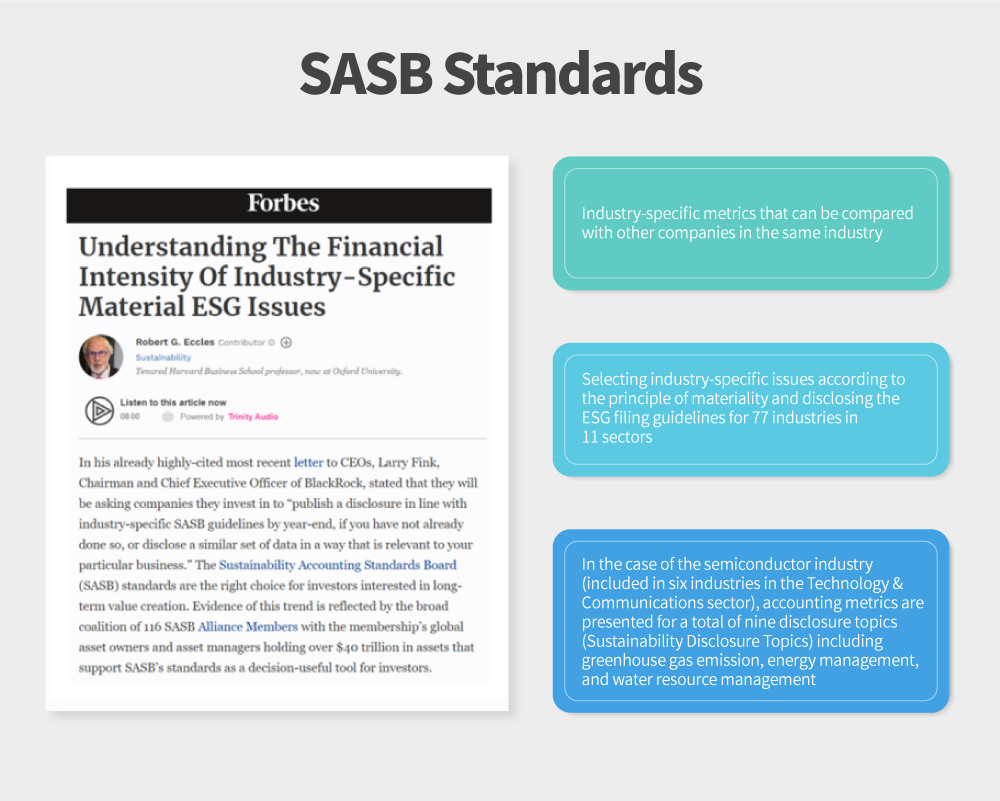News on environmental, social, and governance (ESG) issues is dominating newspapers and TV programs these days. ESG funds are attracting a lot of investments and the volume of ESG bonds is increasing sharply, while an increasing number of companies are establishing a department or a board committee dedicated to ESG. Leading law firms and accounting firms are also in a rush to provide ESG webinars and media outlets and private networks are joining the “craze” by offering education programs.
But many people still don’t have a clear understanding of ESG and are often confused with corporate social responsibilities, or CSR.
Corporate Social Responsibility from Investors’ Point of View
The most common misunderstanding about ESG is that it is little different from CSR. To some extent, it may be true as both ESG and CSR cover the same topics. The seven core subjects of CSR stipulated by the ISO 26000, the international standard for CSR, are: ① Organizational Governance; ② Human Rights; ③Labor Practices; ④ Environment; ⑤ Fair Operating Practices; ⑥ Consumer Issues; and ⑦ Community Involvement and Development. So, topic-wise, these are similar to ESG’s environment (④), social (②, ③, ⑤, ⑥, ⑦), and governance (①). This is probably why so many people find little difference between CSR and ESG.

Nevertheless, there is a fundamental difference between CSR and ESG: “perspective”. CSR is a concept that covers comprehensive activities of a company to establish proper relations with “various stakeholders”including customers, business partners, local communities, and civic groups. On the contrary, ESG is a concept from investors’ perspective. It was investors who drove the concept of ESG as they started considering non-financial factors in addition to financial information when making investment decisions.
For those who wonder why perspective matters, I suggest you search Google for images with the keyword of “differences in perspective”. You will see how the same issues can be told differently depending on whose perspective is taken.

Screenshot of the Google search results of “differences in perspective” images
A difference in perspective doesn’t only apply to visual images, but also to the definition of terms of a concept. That ESG is a concept from the investors’ side means that you need to start with what investors are mostly interested in in order to fully understand ESG. Only then, you can properly respond to the requests from the investors and effectively communicate with them, not being at cross purposes.
ESG for Risk Management
The dictionary definition of investment is “an act of deferring consumption and purchasing various assets for future profits”. Thus, the ultimate goal of investment comes down to “profit generation”. Having said that, the goal of institutional investors such as asset managers including BlackRock and pension funds can be defined as “maximizing long-term returns”. There is one premise here. It is avoiding the possibility of losing the principal as much as possible, that is, minimizing risks.

Why do you think investors ask companies to respond to the climate change crisis, reduce greenhouse gas emissions, and waste? Do you think it is simply because they want to save the Earth and preserve the Nature? While that would be one of the reasons, it’s probably not the only intention. Such calls from investors are based on concerns that the current climate crisis has come to a level to threaten to cause enormous financial losses to the assets that they have invested during the times that fossil fuels led the economic growth. So, it is their sense of crisis that their principals could be lost that’s making them to look to ESG.

What would be the first thing that investors want to do in this situation? It will be figuring out the level of the risks their investment portfolios are exposed to. To do this, they need to estimate the cost of the risks that are expected to cause a significant financial impact in terms of ESG. This is why investors are asking companies to increase the level of disclosure related to ESG. In other words, investors are asking companies to disclose what the relevant ESG risks are and what efforts they are making to prevent their investments from being damaged.
This could be a puzzling request for companies. Take SK hynix for example. We have been providing all the information we thought were necessary in our sustainability reports for over 10 years, so we could wonder what kind of additional information investors would want from us. However, there is a reason for this.
The sustainability reports have been so far prepared mainly in accordance with the guidelines by the Global Reporting Initiative (GRI), the global sustainability reporting standard adopted most widely in the world. However, as this is a guideline for “all” stakeholders not limited to investors, investors believe this alone is not enough to estimate ESG risks expected to cause significant financial impact. For example, information such as how much a company has donated to a local community and what kind of social contribution it has made is very important for the relevant community or civic group, but not as valuable to investors. Clearly, investors would react more to information related to financial impact, rather than heartwarming stories.

After all, what investors would want from the ESG point of view is information that can help estimate the risks. This is why investors are asking companies to transparently disclose the risks that can lead to a significant financial impact in terms of the ESG factors according to the appropriate criteria and how they can be addressed.
Importance of Comparable Standards
Unfortunately, there is no single international standard for ESG measurement commonly accepted like the International Financial Reporting Standards (IFRS)1. Still, the Sustainability Accounting Standards Board, or SASB, is one of the standards that most investors including BlackRock take for now.

SASB was founded in 2011 with an aim to set standards for corporate sustainability disclosures required for filings to the U.S. Securities and Exchange Commission. Its purpose was to provide investors with “comparable” non-financial information to create metrics with which investors can compare performance on important ESG issues by industry. As a result, in 2018, the SASB created and announced the sustainability disclosure standards for 77 industries. Although it was relatively late in entering the sustainability reporting standards market that GRI was dominating, it has been rapidly adopted by companies with the strong endorsement of the investors.
“Comparability” also leads us to think about the correlation between ESG and the social value (SV), the core value of the broader SK Group. The SV initiative focuses on the measurement of the value for monetization. For example, SK hynix makes public information on how much its low-power semiconductor products helped reduce electricity usage and CO2 emission and how much those achievements are worth in numbers. But as investors can’t make decisions based on our own SV methodology, which is not for comparison with others, we should consider ESG from investors’ point of view.
More investors are likely to join the trend of evaluating companies in light of ESG achievements going forward. It’s critical for companies to integrate ESG factors into their long-term strategy and set goals in line with such strategy in order to generate differentiated values.
Only company-wide efforts to reflect both ESG risks and opportunities across all business activities under a strong leadership would lead to a meaningful outcome of ESG management.
1In September 2020, the IFRS Foundation announced that it would join efforts to establish standards for sustainability reporting through its Consultation Paper on Sustainability Reporting.

ByBangsil Lee
Head of ESG Strategy







